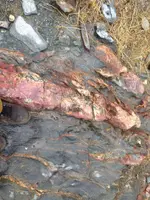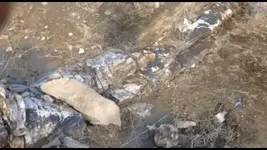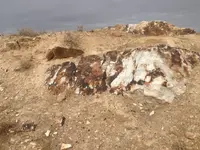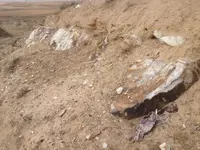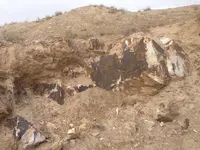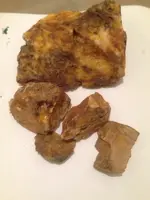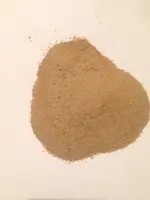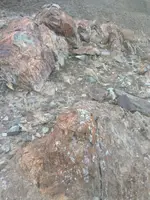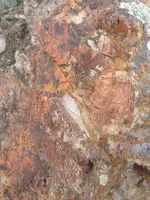Kjavanb1234
Jr. Member
- Joined
- Feb 12, 2018
- Messages
- 49
- Reaction score
- 37
- Golden Thread
- 0
- Primary Interest:
- All Treasure Hunting
- #41
Thread Owner
Hi everyone
Today I hiked a new valley and mountain side I had never gone before. I found some rather interesting mineralized quarts spiceman and veins.
What I gathered from limited knowledge of geology, it seems most of rocks there were magmatics and shales, quartzs veins inside the shales and sometimes between dolomites.
Here are some photos for your viewing;
First this vein which was actually dug as there were quartz around it, ran along the shale vein visible on the right side of photo. The vein is roughly 40 cm thick.
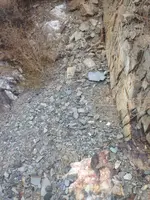
This is the pile of quartz that seems like at some point in the past was dug from the vein above. There were some of them that have colors which in my previous assay showed positive for gold.
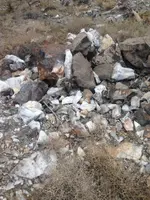
Here is a long shot of what I guess is dolomite vein that had quartz vein in it. Its color is rust iron.
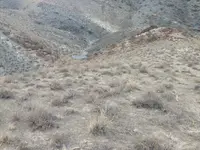
This is a close shot of quartz vein and dolomite vein. My 0.5 liter bottle of water is there as a reference for the size.
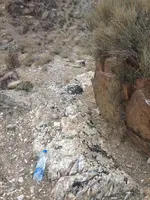
I broke some of the rocks from quartz vein and it looks like the following.
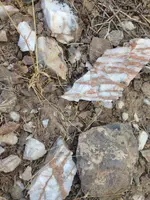
The following photos are some interesting rocks found in the dry river bed as I hiked up.
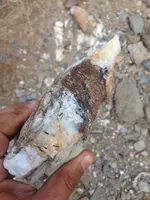
And
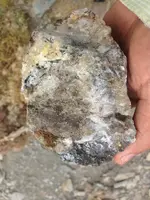
And
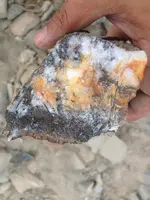
Here is a rare find for me, there were these yellow to pink stains in this magmatic rock, anyone knows what minerals can have such stains?
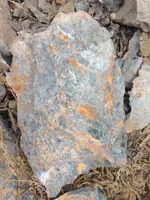
I will first try to do an aqua regia assay on these samples for gold silver.
Thanks
Kj
Today I hiked a new valley and mountain side I had never gone before. I found some rather interesting mineralized quarts spiceman and veins.
What I gathered from limited knowledge of geology, it seems most of rocks there were magmatics and shales, quartzs veins inside the shales and sometimes between dolomites.
Here are some photos for your viewing;
First this vein which was actually dug as there were quartz around it, ran along the shale vein visible on the right side of photo. The vein is roughly 40 cm thick.

This is the pile of quartz that seems like at some point in the past was dug from the vein above. There were some of them that have colors which in my previous assay showed positive for gold.

Here is a long shot of what I guess is dolomite vein that had quartz vein in it. Its color is rust iron.

This is a close shot of quartz vein and dolomite vein. My 0.5 liter bottle of water is there as a reference for the size.

I broke some of the rocks from quartz vein and it looks like the following.

The following photos are some interesting rocks found in the dry river bed as I hiked up.

And

And

Here is a rare find for me, there were these yellow to pink stains in this magmatic rock, anyone knows what minerals can have such stains?

I will first try to do an aqua regia assay on these samples for gold silver.
Thanks
Kj



